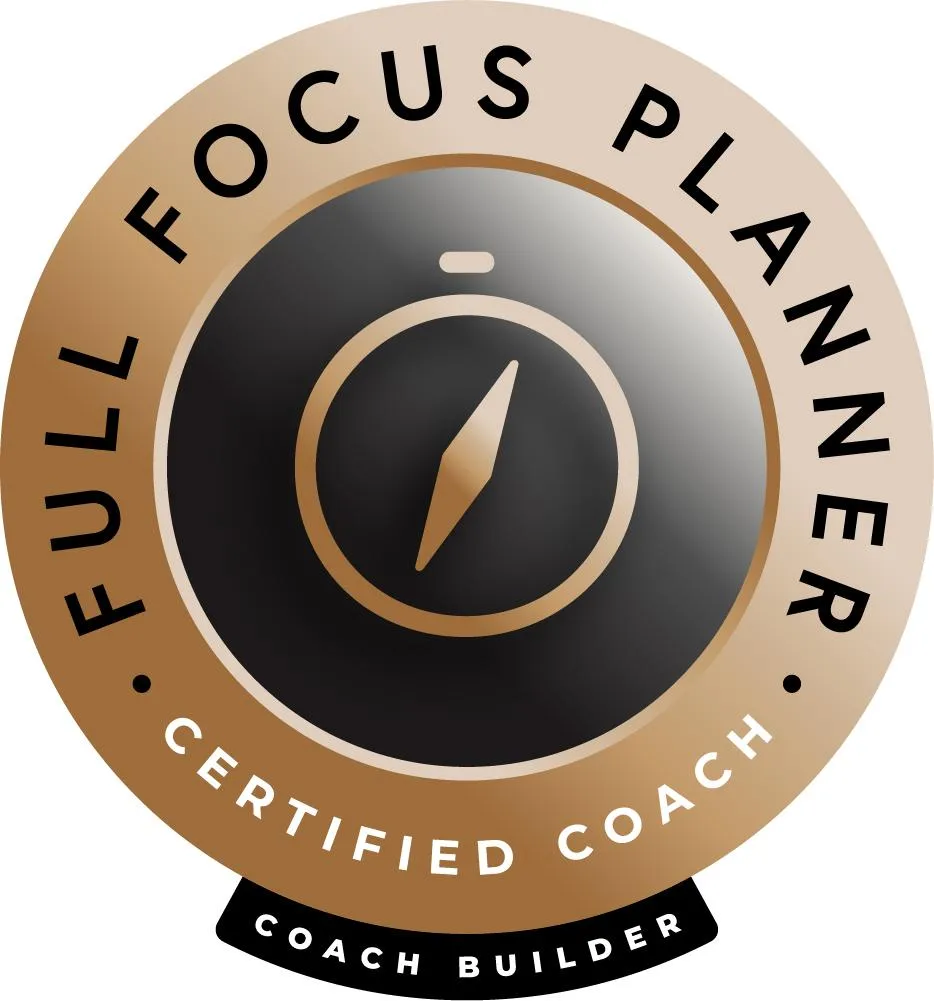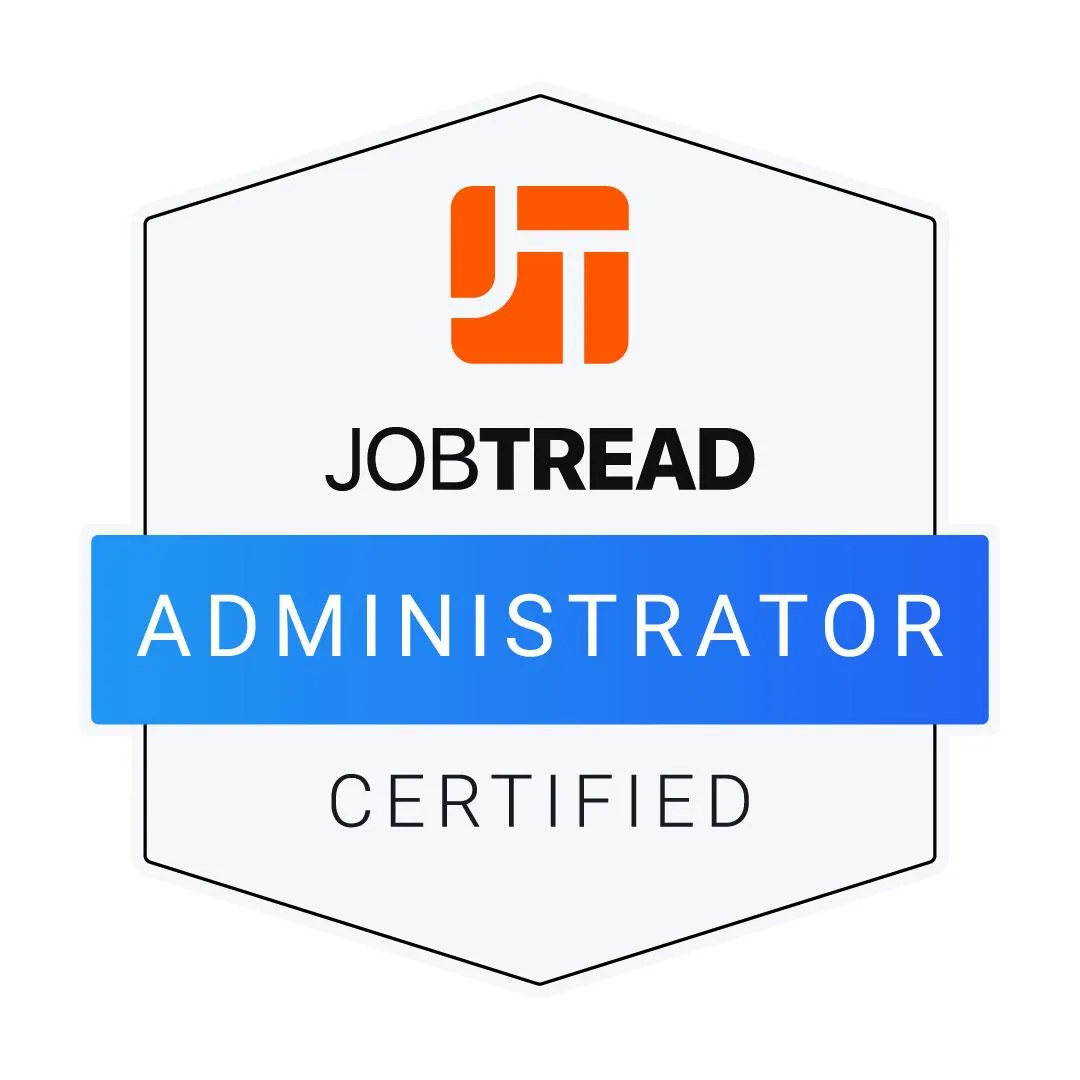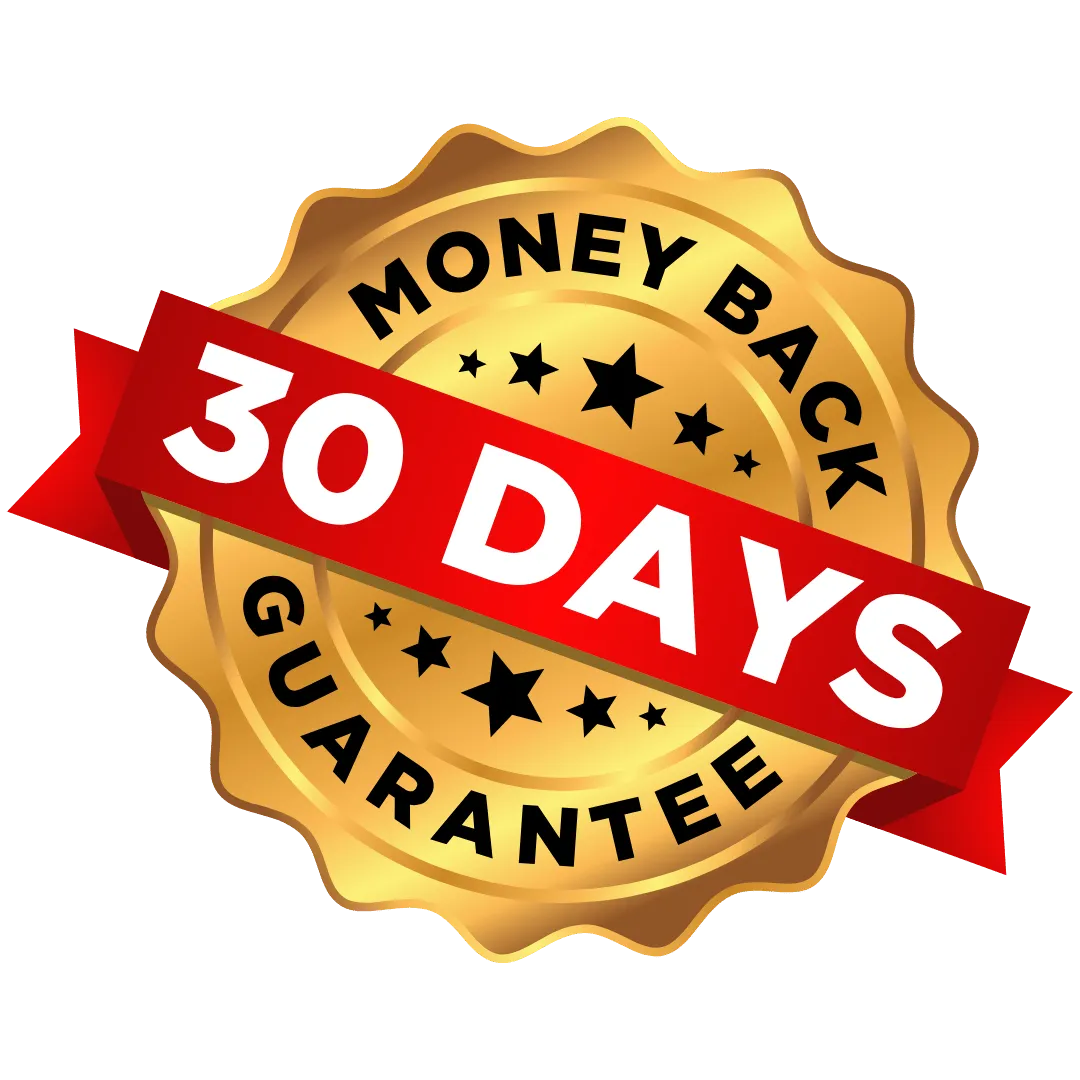Ditch Distraction and Find Your Focus
Coaching business owners to finally create the life of freedom and fulfillment they've been envisioning.
Get Clear on What Matters Most
Establish Smarter, Simpler Routines
Find Joy and Fulfillment in Your Business
Does this sound familiar?
Drowning in distractions and interruptions.
Bogged down by a million nitty-gritty details
Stressed wondering if you will ever achieve the well-oiled machine you dreamed of
Overwhelmed by a flood of constant demands
Surrounded by unfinished projects and ideas.
Adding more tasks to a to-do list that only gets longer and never shorter
Missing out on sleep, exercise and good nutrition because the business demands our time
Afraid to take a vacation ... or even a day off.
Don’t Let Your Life Dreams Fade Away Waiting For a Business Turnaround
When you live in reaction mode, your business will never fulfill your vision. Instead you are...
You are in constant motion, but not making progress.
Don't worry, we can help!
The good news...
You Have the potential to Excel As a Business Owner!
The truth is that small business ownership is built on skills that anyone can learn. When you learn these skills you are able to perform at your full potential, and you achieve a flow state in your business and in your life. Cordes developed the FLOW framework to empower the most important skills you need for success as a business owner.

Focus on your vision for your business and life.
Get clear on what you want and what you need to get there so you can cut through the noise and focus on what matters.

Love: build relationships with people who support you.
Strategically invest in relationships that help support you as a business owner. We provide a network of support and education in developing other crucial relationships.

Operations: Implement a system for personal and business growth
Create a system to put your goals into action. Together, we translate your goals into routines and systems to guarantee your success.

Wellbeing: Empower your CEO brain!
Restore and empower your brain to think more strategically and creatively.





Li-Chen Tsai

"Cordes provides creative ideas that challenge us to think outside the box."
Carol Seamons, TN

"A transformational coach meets you where you are with no judgement and then will shepherd to you where you want to be."
Kassie Weatherly, FL

"Cordes has helped our business immensely, guiding us in email marketing, creating a membership group, and developing an outstanding website."
Unleash Your
Business Brilliance.

Business-Life Flow Workshop
Set up your life and business for success in an intensive day to learn the system, set up your goals, and create your action plan for an ideal week for success. Includes a Full Focus Planner to get you started.
$347, Live group workshop
$1247, One-to-one intensive 1-1

Accountability Membership
Join an exclusive group of business owners who have completed the Business-Life Flow program to provide accountability and support in reaching weekly, monthly and quarterly business goals.
$97 per month

1-1 Strategic Focus Coaching
Define your vision of success and set up systems with support to help you reach your goals. Our Strategic Focus Navigator empowers you to clarify goals, streamline workflow, and boost productivity. Experience peace as you manage your objectives effectively. Schedule your consultation now to reclaim the clarity and confidence you deserve!
With coaching services, Cordes analyzes your business challenges and goals and develops a personalized plan of how you can get to where you want to be.
Get clarity on which actions will grow your business.
Simplify your systems, so you accomplish your goals with less time and effort.
Support when you need it with private calls and chat support
$2497 for 90 days

Operations Overhaul Fractional COO
Take the stress out of running a business. Together we will dive into the day-to-day operations of your business and create a business which flows smoothly and meets your goals. We will set objectives and systems to support your priorities. We will establish SOPs and weekly meetings, so that after one year, your business is meeting your goals and running smarter and simpler.
$2497 per month
(with a one year commitment)
3 Simple Steps to Find Your Flow in Business and in Life
Optimize your life to reach your goals.
1.
Download Work-Life Balance Guide: Get actionable tips to reduce overwhelm today.
2.
Design your Full Focus Plan: Set up systems for success in reaching your goals with a workshop or coaching.
3.
Find Fulfillment in Your Business…and life! Run a business that helps you meet your life goals rather than living for your business.
Meet your Teacher
I know how hard business ownership can be. Business ownership presents a constant learning curve and daily distractions. With 24 years of experience in brain science and coaching teens and adults, I've had the privilege of guiding hundreds through their self-improvement journeys. Since 2022, my focus has been on empowering business owners like you to conquer overwhelm, gain clarity, and amplify your business impact.
As a stay-at-home mom and a full-time working mom, I never found true fulfillment. Business ownership, however, proved to be the ideal route for creating the life I envisioned for my family and myself. I firmly believe that business ownership is the path to a meaningful and impactful life, and you deserve to feel fulfilled by your business, not stressed. I will empower you to get in the driver’s seat of your business, so you can achieve the life you've always dreamed of.
Stop Putting Out Fires and Start Achieving Your Goals
Every moment spent without a clear goal is a missed opportunity. Without a solid plan, you're not just stalling your progress but also your potential for greatness.
But here's the good news...
It doesn't have to be this way.
Dedicate the next few months of your life to becoming the business owner you have the potential to be! Full Focus Coaching is here to help you stop guessing and start achieving. With our proven strategies and personalized coaching, you can stop spinning your wheels and start driving your life forward.
We believe in the quality of our products and are committed to your satisfaction. That’s why we offer a 30-Day Money Back Guarantee on all purchases.
Risk-Free
Unleash Your Business Brilliance.
Create a business that fuels your life.
© 2025 Cordes Lindow LLC - All Rights Reserved

